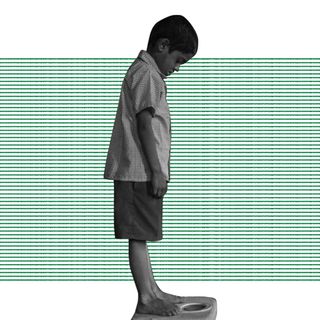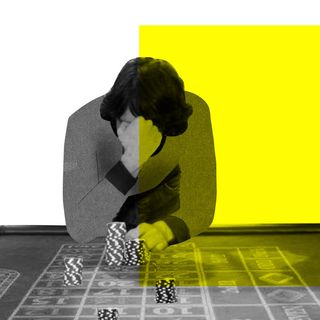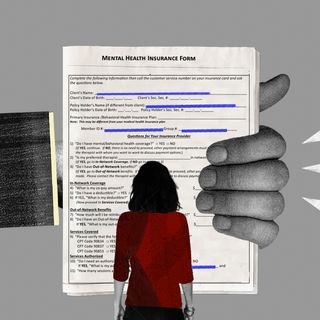More than 24,000 children between the 14-18 age group died by suicide from 2017-2019, according to data from the National Crime Records Bureau (NCRB). Of these, the highest incidences were attributed to a failure in examinations, followed by love affairs (over 3,000), and illness (over 2,000).
Notably, there was a steady increase in the number of suicides each year — leading to concerns among child rights activists about the toll of the pandemic in 2020 and 2021 on this figure.
Other reasons cited were substance abuse, poverty, hero-worship, unemployment, pregnancies, etc. A previous Lancet study reported that suicide rates in India in the 15-29 age group are among the world’s highest. Further, a 2017 survey found that about 7% of India’s younger population suffered from “high emotional distress.”
“Among younger children, suicide attempts are often impulsive. They may be associated with feelings of sadness, confusion, anger, stress or problems with attention and hyperactivity…For some teens, suicide may appear to be a solution to their problems,” Puja Marwaha, CEO of Child Rights and You, told PTI.
The findings raise concerns about the seemingly worsening mental health crisis among children and the lack of a robust infrastructure to holistically provide care and support.
Moreover, student suicides are steadily increasing, and a concerning number of examination result announcements are accompanied by the deaths of students. According to 2015 data from the NCRB: in India, a student dies by suicide every hour.
Related on The Swaddle:
Children’s Loneliness Has Long Term Mental Health Impact, Says Study
Coaching center hubs, such as Kota in Rajasthan, have further been known to see a higher rate of suicide among teenagers aspiring to secure spots in premier educational institutions. Examinations as a metric of success thus have fatal consequences in India, where education is itself a hard-won opportunity for a large section of the population.
“Fear of failure is a leading cause for suicide among students. When students pass through an unsuccessful phase, everything seems pessimistic to them. They feel their future is bleak,” Pradip Kumar Saha, Director of Institute of Psychiatry, Kolkata, told The Hindu last year.
Activists worry that the shift to online education during the pandemic may have made things worse. Last year, a girl from Kerala died by suicide because she was unable to attend classes online. She came from a Dalit community, which highlighted the disparity in access to online education among children in India.
With the added pressures of lockdown, anxieties about loved ones during the pandemic, and the challenges of online education, child rights experts call for life skills training as part of school curricula as well as better mental health support and rehabilitation.
“Not enough effort has been made to help them see through it with timely professional services and support and mitigate its worst fallouts,” Akhila Sivadas, executive director, Centre for Advocacy and Research, told PTI. Experts have also been calling for school mental health programs to address the issue.
Following 66 suicides among children in Kerala, the state rolled out measures to extend mental health support programs for Covid19 patients to children, while enlisting the help of Anganwadi and ASHA workers — and it remains to be seen whether the intervention had a positive impact on reducing the mental health crisis among children.




